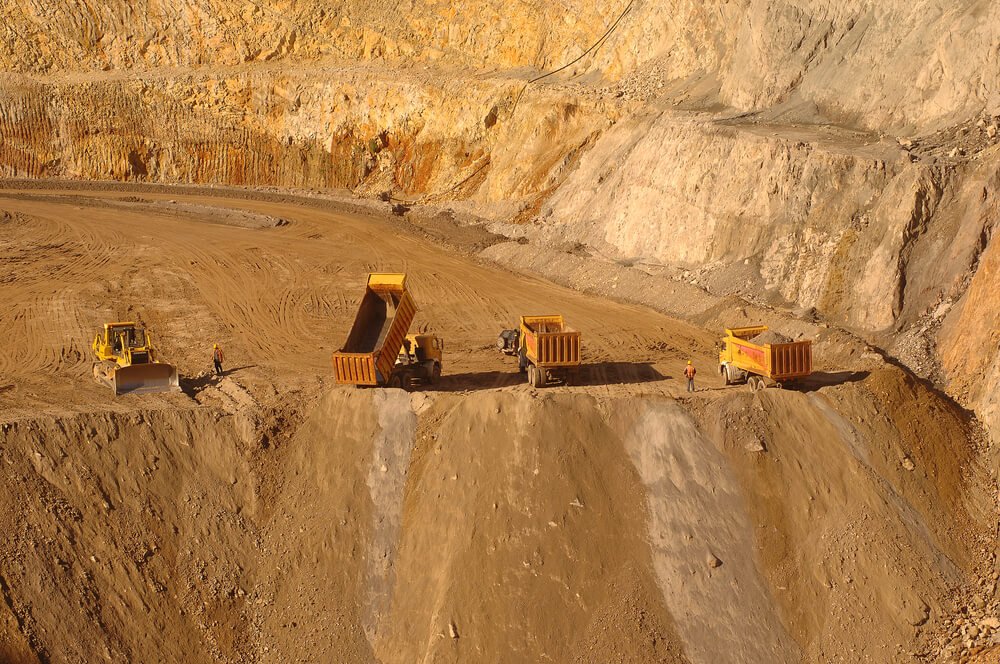China’s CMOC, along with other mining companies, has applied to register copper from the Democratic Republic of Congo (DRC) for delivery against London Metal Exchange (LME) contracts. This move could see large volumes of copper from the DRC, the world’s second-largest copper producer, entering LME-approved warehouses as soon as next year, according to sources familiar with the matter.
For producers, achieving LME brand status can provide valuable financing opportunities in a market currently oversupplied with copper. For the LME, this offers a chance to generate income through registration and warranting fees, especially as it cannot accept new Russian metal due to sanctions since April.
CMOC’s Tenke Fungurume (TFM), one of the fastest-growing copper producers in the DRC with an annual capacity of 450,000 metric tons, is undergoing testing at rod mills to meet LME standards. Sources indicate that other DRC-origin brands are also being tested, though specific names were not disclosed as applications have yet to be filed.
The LME expressed openness to applications worldwide, emphasizing the importance of a diverse brand list to ensure globally relevant pricing for its contracts. Two new African copper brands have been listed on the LME since January last year, although they were not named.
In 2023, the DRC produced 2.7 million tonnes of copper, accounting for 12% of global supplies, according to the International Copper Study Group (ICSG). Despite this, only one DRC copper brand, SCM, is currently LME-registered, though it has not yet deposited any copper in LME warehouses.
Market Dynamics and Ethical Considerations
Copper prices reached a record high in May due to speculative fund-buying but quickly reversed as profits were taken and consumer orders reduced. Although the market is currently oversupplied, long-term demand for copper is expected to grow as it plays a crucial role in global electrification efforts.
China’s weak economy has led to increased copper exports, with much of the surplus being delivered to LME warehouses in Asia recently. LME-registered copper is easier to finance than non-registered brands, serving as a market of last resort.
In its 2023 annual report, CMOC stated its goal of achieving LME delivery for copper from its TFM and Kisanfu (KFM) mines. Planned expansions could boost CMOC’s production to between 800,000 tons and 1 million tons by 2028, up from 570,000 tons expected this year.
As the DRC’s role in the global copper supply chain grows, some investors have raised concerns about environmental, social, and governance (ESG) issues, particularly related to informal or artisanal mining. This type of mining, often associated with child labor and illegal trade, occurs near established mines and involves manual labor with simple tools.
To address these ESG concerns, The Copper Mark was established as an independent body with support from major consumer companies to certify sustainably produced copper. In June, TFM became the first African operation to receive Copper Mark certification.
The Copper Mark’s assessment of TFM revealed that it met 16 of the 32 criteria evaluated. While the certification does not guarantee the absence of artisanal mining, the report identified approximately 10,000 artisanal miners in the TFM area. The certification was granted on the condition that TFM would work to improve these miners’ working conditions.






